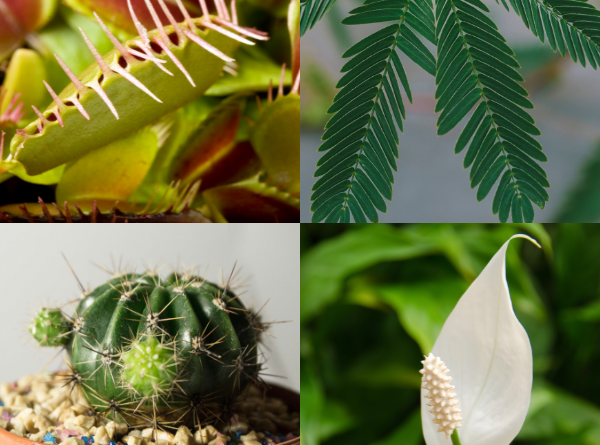Blooming Brilliant! Y3 Scholars Master Plant Adaptations
To finish off our unit, we delved into the sophisticated realm of plant adaptations — an ACADEMY-level topic, typically reserved for older students.
Surprisingly, our young scholars not only embraced the advanced scientific topic, but demonstrated a remarkable ability to master it. In fact, I was able to elicit most of the information from them before introducing it at all! For their age, they showed incredible logic and deduction skills in their contributions and rose to the challenge with ease.
We learned how to match certain plants to their habitats, and the specific characteristics these plants would need to thrive in these environments.

Here are 3 examples from our students in response to the question “What have you learnt about plant adaptations?”:
Iryna: The Joshua Tree has small leaves and a thick trunk so it can grow in hot and dry places.
Lea: The Cushion Plant grows near the ground and close together so it can stay warm in the arctic.
Ivan: A Cactus has spikes to protect it from animals that want to drink its water in the desert.
Ali: Trees in cold places have needles, not leaves.
Danylo: Jungle plants have big, pointy, waxy leaves so the rain can run off because the jungle is very wet.
Danny: Underwater plants don’t need much sunlight because under water the sun can’t reach very far.
Let’s continue soaring above level, year 3! 🙂



